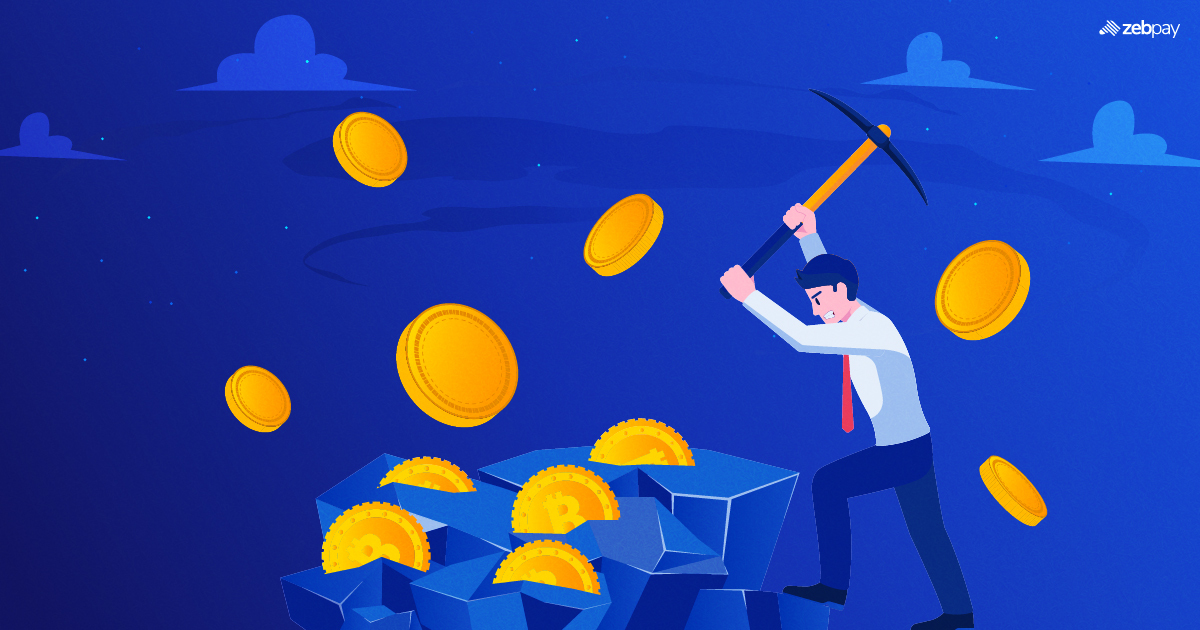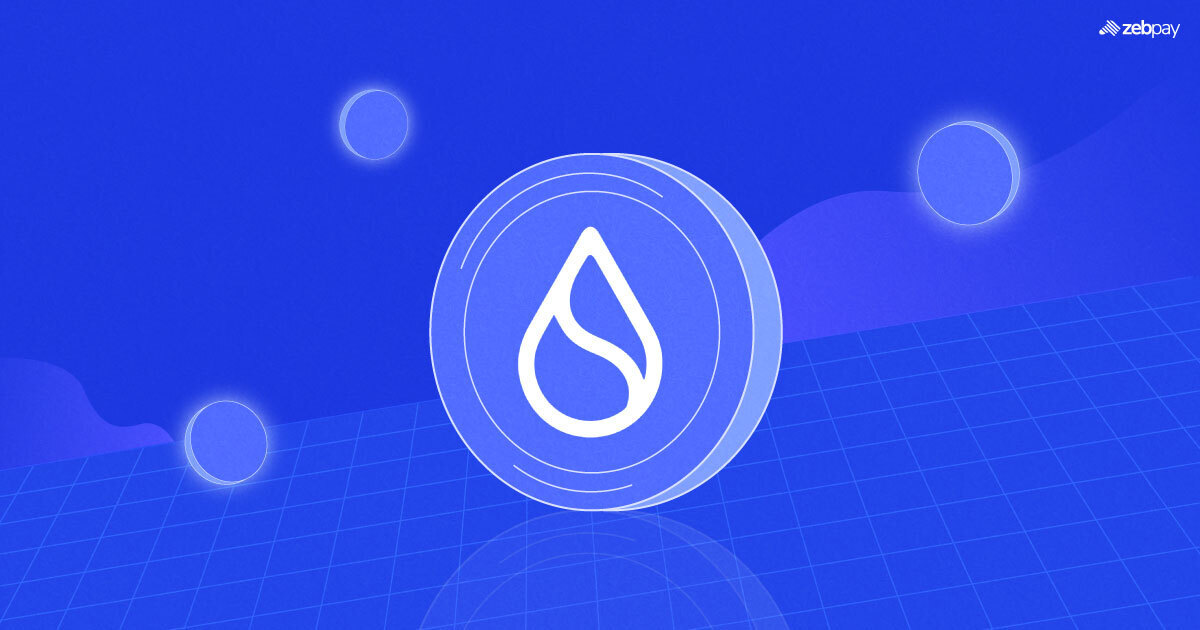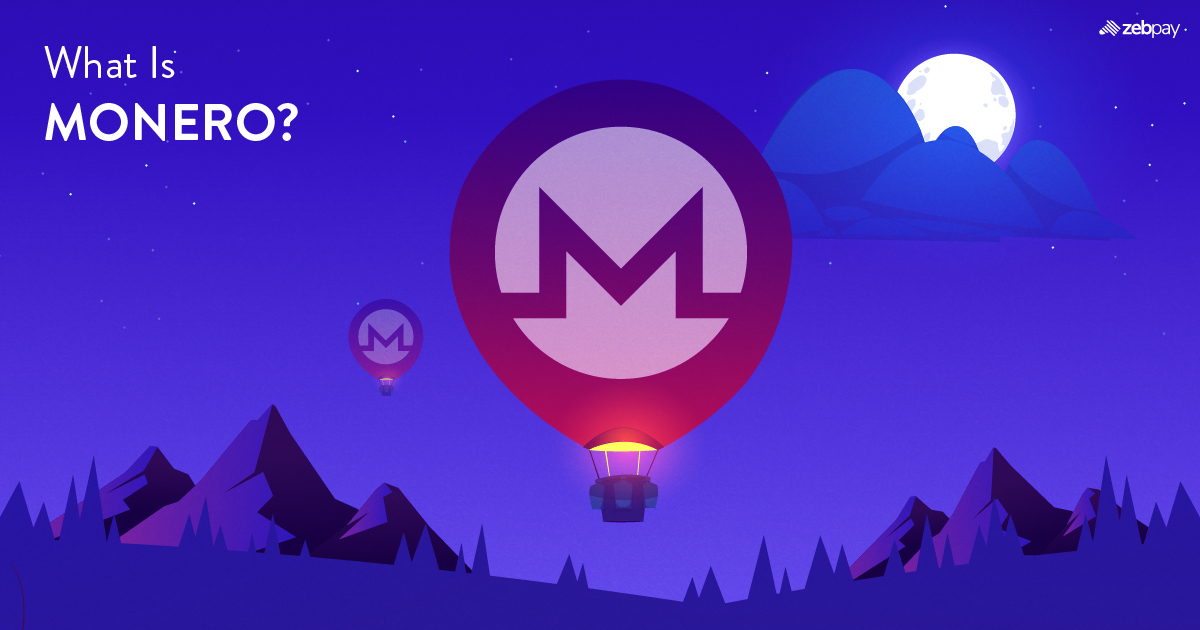20th March 2024 | ZebPay Trade-Desk
At its core, a block reward constitutes the compensation granted to crypto miners for validating and appending authorised transactions to the network. This intricate process, commonly known as mining, entails tackling complex mathematical puzzles, bolstering the network’s computational power, and upholding the integrity of its distributed ledger.
The significance of a block reward stems from its role as the primary incentive mechanism for miners, fostering a competitive environment that safeguards the security and resilience of the network. Beyond merely remunerating miners for their computational contributions, it plays a pivotal role in generating new coins and effectively managing the distribution and circulation of crypto assets. This dual functionality is crucial in shaping the overall supply and demand dynamics of digital assets while simultaneously upholding an incentive structure vital for miners’ participation.
Moreover, by negating the necessity for a centralized authority to govern or issue tokens, the block reward epitomizes the ethos of decentralization. It fosters an ecosystem characterized by openness, transparency, and self-sustainability, where users are duly rewarded for their endeavours, thus augmenting the innovative and democratic facets of the network.
The mining reward, a predetermined quantity of newly generated coins, serves as a key incentive for miners who successfully append a new block to the blockchain. This component not only incentivizes miners but also introduces fresh crypto tokens into circulation. Complementing the mining reward are transaction fees, which users pay to expedite the inclusion of their transactions in a block. By encouraging miners to prioritize transactions with higher fees, this mechanism optimizes the efficiency of the blockchain.
The synergy between mining rewards and transaction fees forms a robust incentive structure for miners, bolstering network security, decentralization, and transaction validation. Together, these components establish the economic framework crucial for maintaining the decentralization of crypto assets and aligning with miners’ incentives for the overall health and functionality of the blockchain.
Certain crypto tokens adopt fixed block rewards, where a predetermined number of coins is issued for every successfully mined block. Conversely, others utilize variable rewards, often contingent on factors such as network participation or computational complexity. Notably, Bitcoin (BTC) exemplifies the latter approach, with its mining incentive halving approximately every four years, akin to the scarcity model of digital gold, thereby regulating the overall supply. Halving events wield significant influence within the crypto sphere, impacting market dynamics and miner incentives profoundly. As rewards diminish, miners increasingly rely on transaction fees, underscoring the rising significance of this variable component. Moreover, mining incentives and difficulty share a symbiotic relationship facilitated by an algorithmic adjustment mechanism that maintains consistent block creation times.
The level of difficulty dynamically adjusts in response to fluctuations in processing power (hash rate) utilized during mining, presenting challenges in maintaining the target block generation time as more miners join the network and the hash rate escalates. Conversely, the difficulty decreases when the hash rate declines. Rewards adapt to balance the effort required for successful block validation amidst rising mining difficulty. This intricate interplay between fixed and variable elements, alongside halving events and mining difficulty adjustments, underscores the intricate calculus involved in determining block rewards within the dynamic realm of crypto tokens.
During its inception, miners were rewarded with 50 BTC for successfully adding a new block to the blockchain, following Bitcoin’s fixed block reward mechanism. However, roughly every four years, Bitcoin undergoes halving events that reduce the reward by half. This strategy is designed to maintain scarcity, akin to precious commodities like gold, and is intended to reflect Bitcoin’s total supply of just 21 million BTC. Such a deflationary approach aims to enhance Bitcoin’s qualities as a store of value.
While Bitcoin’s model serves as inspiration for many crypto tokens, different digital assets adopt diverse reward structures. For instance, crypto tokens such as Dogecoin (DOGE) and Litecoin (LTC) emulate Bitcoin’s halving mechanism, adjusting their block rewards periodically. In contrast, Ripple’s XRP (XRP) operates on a different premise, where the entire supply is pre-mined, eliminating the necessity for traditional mining and block rewards altogether. Ethereum, on the other hand, employs a proof-of-stake (PoS) consensus mechanism. In this system, the blockchain selects validators to create new blocks based on the quantity of Ether (ETH) they hold and are willing to stake as collateral.
The effectiveness and capabilities of mining devices significantly impact the computing power allocated to blockchain validation. Consequently, advancements in mining hardware and software hold the potential to substantially enhance mining productivity, allowing miners to process more transactions while consuming less energy. Efficient mining fosters increased competition among miners, which may lead to a decrease in transaction fees as a portion of total miner income. However, this heightened competition could also elevate the network’s difficulty and hash rate, posing challenges for individual miners to maintain competitiveness.Moreover, technological innovations in blockchain scalability solutions, such as layer-2 protocols like Bitcoin’s Lightning Network, or alternative consensus methods, can indirectly influence block rewards by impacting transaction fees. These solutions have the potential to alleviate congestion in block space and reduce transaction fees by boosting the network’s transaction throughput. Consequently, such developments may impact miners’ overall earnings.







